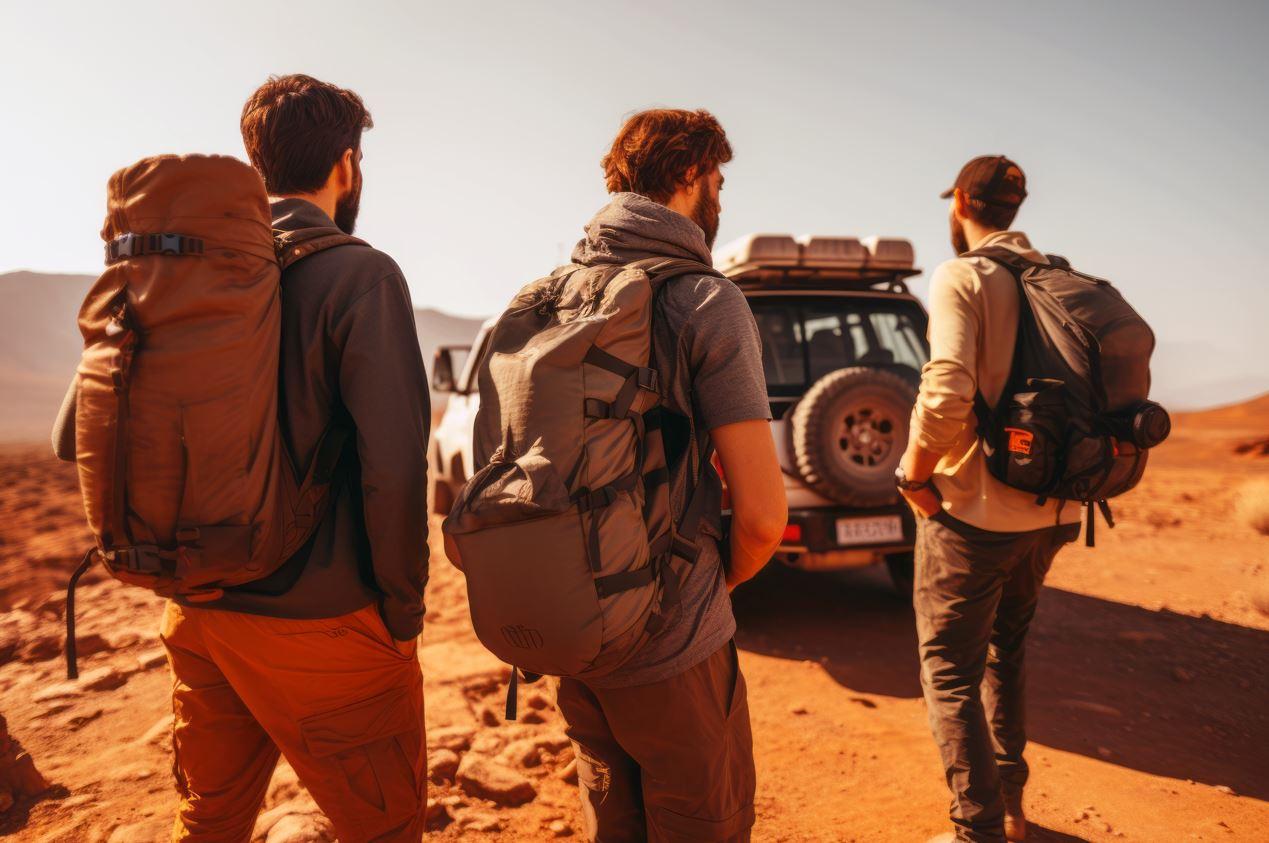Planning a mountain trek for charity can be a thrilling and rewarding experience. Not only does it challenge your physical and mental endurance, but it also allows you to contribute to a worthy cause. If you're considering trekking in Morocco, this comprehensive guide will walk you through the steps necessary to plan a successful mountain trek for charity, ensuring that you have a memorable and impactful journey.
Choose Your Cause
The first step in planning a charity mountain trek is selecting a cause that resonates with you. Whether it's supporting education, healthcare, environmental conservation, or animal welfare, aligning your trek with a cause you are passionate about will keep you motivated throughout the journey.
Select the Right Mountain
Choosing the right mountain for your trek is crucial. Consider factors such as your fitness level, experience, and the time of year. Popular mountains for charity treks include Mount Kilimanjaro in Tanzania, Mount Everest Base Camp in Nepal, and Mount Toubkal in Morocco. Each of these mountains offers unique challenges and breathtaking scenery.
Set Realistic Goals
Setting achievable goals is essential for the success of your trek. Determine the distance, duration, and difficulty level of your trek. Make sure your goals are realistic based on your current fitness level and trekking experience. It's better to set modest goals and exceed them than to aim too high and fall short.
Form a Team
Trekking as part of a team can enhance the experience and increase your chances of success. Recruit friends, family, or colleagues who share your passion for the cause and are willing to commit to the trek. A supportive and motivated team can provide encouragement and help you overcome challenges.
Plan Your Training Regimen
Physical preparation is key to a successful mountain trek. Develop a comprehensive training regimen that includes cardiovascular exercise, strength training, and hiking. Gradually increase the intensity and duration of your workouts as the trek approaches. Remember to include rest days to prevent overtraining and injury.
6. Organize Fundraising Activities
Fundraising is a critical component of a charity trek. Organize a variety of fundraising activities to reach your financial goals. Ideas include hosting events, launching online campaigns, and seeking sponsorship from local businesses. Make sure to communicate the purpose of your trek and the impact of the funds raised.
Create a Detailed Itinerary
A well-planned itinerary is essential for a smooth and successful trek. Outline each day's activities, including hiking routes, rest stops, and accommodations. Make sure to account for acclimatization days if you're trekking at high altitudes. Having a detailed itinerary will help you stay on track and manage your time effectively.
Gather Essential Gear
Having the right gear can make or break your trek. Invest in high-quality trekking boots, clothing, and equipment. Essential items include a sturdy backpack, sleeping bag, tent, and trekking poles. Don't forget to pack essentials like a first aid kit, water purification tablets, and high-energy snacks.
9. Focus on Nutrition and Hydration
Proper nutrition and hydration are crucial for maintaining your energy levels during the trek. Plan your meals carefully, focusing on high-calorie, nutrient-dense foods. Stay hydrated by drinking plenty of water and using hydration systems like CamelBaks. Avoid alcohol and caffeine, as they can contribute to dehydration.
Prepare for Emergencies
Safety should be a top priority on your trek. Familiarize yourself with basic first aid and emergency procedures. Carry a first aid kit, map, compass, and a GPS device. Make sure someone knows your itinerary and expected return date. In an emergency, having a plan in place can make a significant difference.
Acclimatize Properly
Acclimatization is crucial when trekking at high altitudes. Ascend gradually to allow your body to adjust to the lower oxygen levels. Take regular breaks and monitor for symptoms of altitude sickness, such as headaches, nausea, and dizziness. If symptoms persist, descend to a lower altitude immediately.
Stay Motivated
Staying motivated throughout your trek can be challenging, especially when faced with difficult terrain and adverse weather conditions. Keep your cause at the forefront of your mind and draw strength from your team. Celebrate small milestones along the way to maintain a positive mindset.
Capture the Journey
Documenting your trek can create lasting memories and inspire others to support your cause. Take photos and videos, write journal entries, and share updates on social media. Capturing the journey will allow you to relive the experience and share your story with others.
Reflect and Share Your Experience
After completing your trek, reflect on your journey and the impact of your efforts. Share your experience with your supporters through a blog post, video, or presentation. Express gratitude to those who contributed to your fundraising efforts and encourage others to embark on their own charity treks.
Conclusion
Planning a mountain trek for charity is a rewarding endeavor that requires careful preparation, dedication, and a passion for the cause. By following these steps, you can ensure a successful and impactful journey that challenges you physically and makes a positive difference in the world. Remember, every step you take brings you closer to your goal and contributes to a greater cause. Happy trekking!

